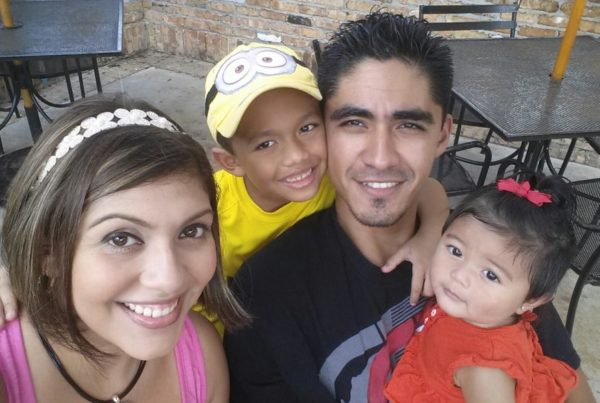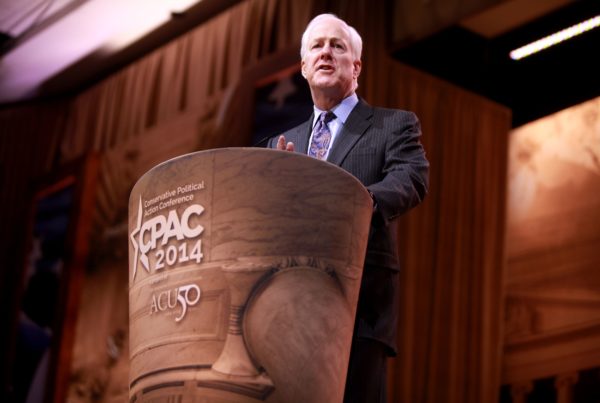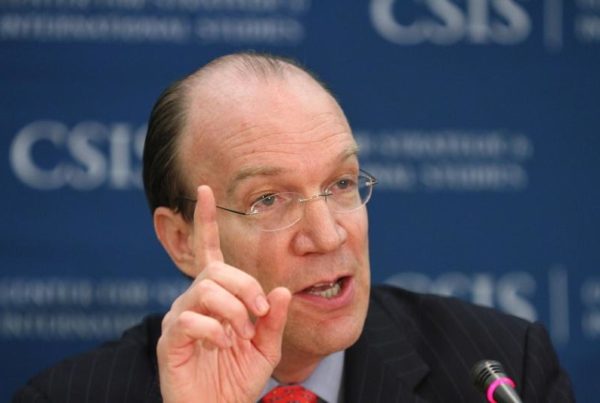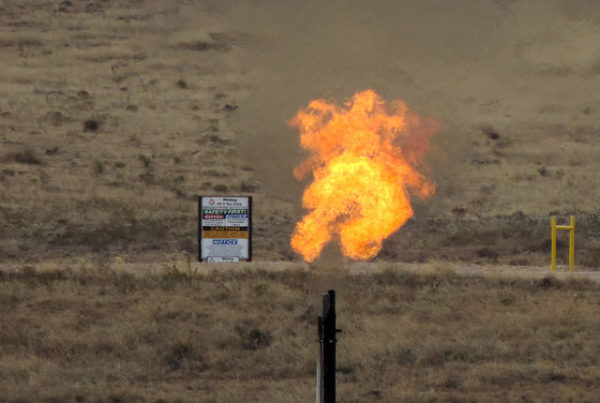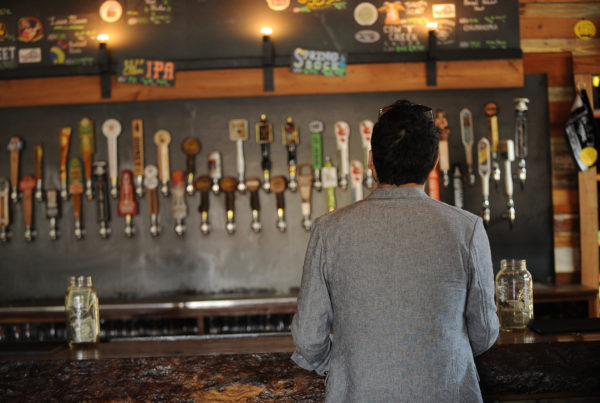Recent international headlines have not been good news for Mexico. Last week the International Institute for Strategic Studies (IISS), a London-based think tank, released its annual Armed Conflict Survey that described Mexico as the world’s second most violent country after war-torn Syria.
“It has not been received well,” says David Agren, a Mexico-based reporter for the Guardian and USA Today. “A lot of people here think it’s not fair [and] it’s been somewhat selective. And the government is obviously very image-conscious and they’re objecting to it.”
The foreign and interior ministries released a joint statement. It says, in part, “Mexico is far from being one of the most violent countries in the world.” The statement pointed out that other Latin American countries have much higher homicide rates.
Given that much of the country is unaffected by organized crime, Mexicans took issue with their country’s comparison to Syria, which is in the midst of a civil war, Agren says. They view the comparison as akin to likening apples to oranges.
“One thing with Mexico is that homicide rates really vary,” he says. “You do have these parts of the country where homicide rates are low, but there is the problem of places like Tamaulipas.”
The border state has seen an uptick in violence in recent weeks.
The Mexican government has spent millions of dollars over the past decade on a PR campaign to improve its international image. Much of the government pushback stems from its desire to protect its global image.
Tourism to Mexico increased by 9 percent last year, and Agren says much of the country is perfectly safe for international visitors.
“Crime seems to be treated as a public relations problem, not as a crisis,” he says.
Written by Molly Smith.






